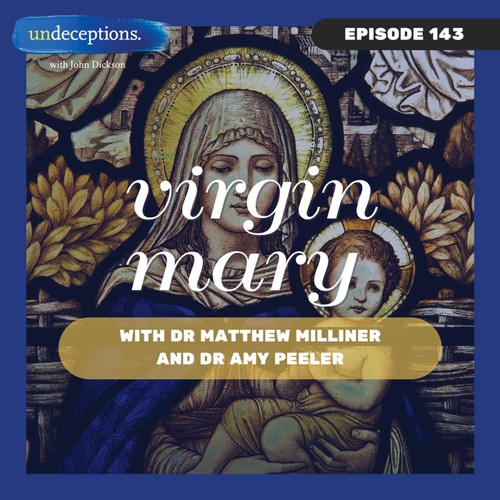
 Undeceptions with John Dickson
Undeceptions with John Dickson 143. Virgin Mary
14 snips
Dec 22, 2024 Amy Peeler, a New Testament scholar, and Matthew Milliner, an art history professor, dive into the multifaceted narrative of the Virgin Mary. They explore Mary’s socio-economic context and her role as a mother and prophet, shedding light on her significance in Christianity. The discussion addresses the virgin birth, the balance between her holiness and motherhood, and how her portrayal has evolved over centuries. They also examine the complexities surrounding her virginity and the marginalization of Mary in modern traditions, urging a fresh perspective on her legacy.
AI Snips
Chapters
Transcript
Episode notes
Controversial Billboard
- In 2011, a New Zealand church displayed a controversial poster of Mary with a positive pregnancy test.
- This sparked global debate, highlighting the diverse reactions Mary evokes.
Mary's Narrative
- Mary's story, as told in the New Testament, begins with her youth and acceptance of God's invitation.
- It concludes with her presence at the coming of the Holy Spirit, leaving gaps filled by later literature.
Mary's Expectations
- Mary likely anticipated a modest life rooted in her community and faith.
- Her family's lower economic status is suggested by their temple offerings in Luke 2.
